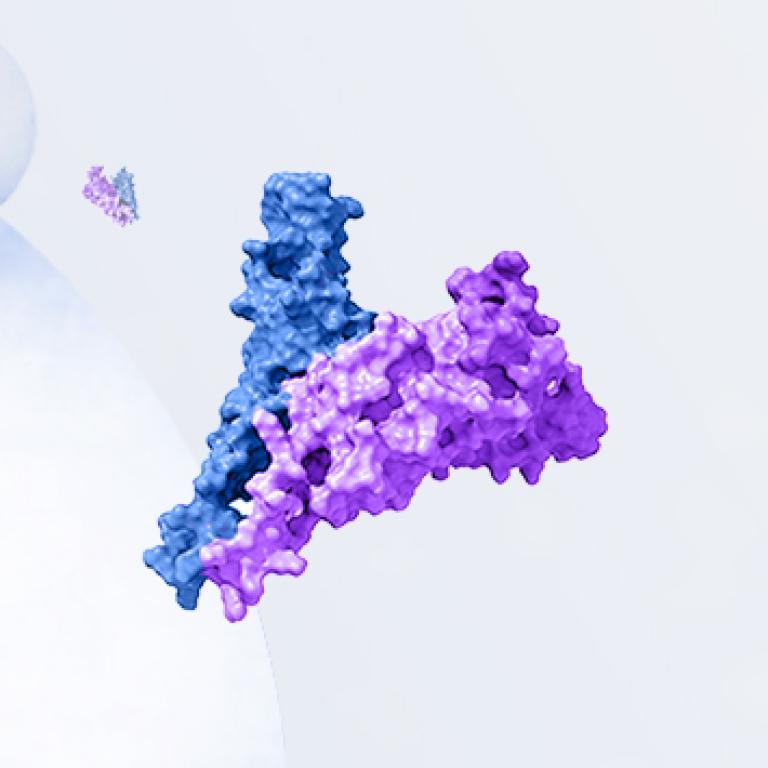COVID-19 er en smitsom sygdom forårsaget af coronavirus, kendt som SARS-CoV-21. Coronavirus er en omfattende familie af vira, der kan forårsage infektion hos mennesker, fugle og pattedyr. De kan nogle gange overføres fra dyr til mennesker2.

Verdenssundhedsorganisationen (WHO) blev underrettet om eksistensen af denne nye virus den 31. december 2019, da et udbrud af tilfælde af "viral lungebetændelse" blev erklæret i Wuhan (Folkerepublikken Kina)1. Antallet af bekræftede tilfælde steg pludseligt med tusindvis af nye tilfælde diagnosticeret på daglig basis i løbet af januar måned, frem til 30. januar 2020, hvor Verdenssundhedsorganisationen (WHO) erklærede udbruddet af COVID-19 for en folkesundhedsmæssig krisesituation af international betydning. Det var den 11. marts 2020, hvor WHO officielt erklærede COVID-19 for en global pandemi3.
Størstedelen af de smittede oplever en mild eller moderat luftvejssygdom, og kommer sig uden at have behov for særlig behandling. Nogle bliver dog alvorligt syge og har brug for lægehjælp. Ældre og personer med underliggende helbredsproblemer – såsom hjerte-kar-sygdomme, diabetes, kroniske luftvejssygdomme eller kræft – har større sandsynlighed for at udvikle den alvorlige sygdom4.
COVID-19 spreder sig, når en smittet person udånder små luftvejspartikler og dråber, der indeholder virussen. Disse respiratoriske partikler og dråber kan indåndes af andre mennesker eller kan lande på deres øjne, næse eller mund. I nogle tilfælde kan de forurene de overflader, som andre rører ved. Alle, der smittes med COVID-19, kan sprede sygdommen, selvom de ikke selv udviser symptomer5.
De vigtigste grundlæggende forholdsregler, der er blevet fulgt for at stoppe spredningen af virussen, har været følgende6:
• Vask dine hænder ofte med sæbe og vand eller med hånddesinfektionsgel.
• Brug mundbind, når det ikke er muligt at holde sikker afstand.
• Undgå overfyldte rum, indendørs rum, der ikke er tilstrækkeligt ventilerede og langvarig kontakt med andre mennesker.
• Undgå at røre overflader, især på offentlige steder eller i sundhedscentre.
• Bliv hjemme, hvis du udviser symptomer.
• Følg de lokale vaccinationsretningslinjer og anbefalinger.

HIPRA’s forpligtelse med hensyn til COVID-19
Med mere end 50 års erfaring i bekæmpelse af smitsomme sygdomme gennem vaccineudvikling, er HIPRA en virksomhed, der er engageret i sundhed, mennesker, samfund og fremskridt. Af denne årsag, og i lyset af en usædvanlig situation, valgte HIPRA fra begyndelsen at bidrage med sin knowhow i kampen mod pandemien med udviklingen af en rekombinant proteinvaccine mod SARS-COV-2 (EMA-markedsføringstilladelse den 31. marts 2023).
Bibliografiske referencer:
1. Verdenssundhedsorganisationen. Grundlæggende oplysninger om COVID-19. [Internet] Tilgængelig på: https://www.who.int/emergencies/diseases/novel-coronavirus-2019/question-and-answers-hub/q-a-detail/coronavirus-disease-covid-19 (Sidst besøgt: 8. marts 2023)
2. "Information til offentligheden. Spørgsmål og svar om den nye COVID-19 coronavirus [Internet]”. Tilgængelig på: https://www.sanidad.gob.es/en/profesionales/saludPublica/ccayes/alertasActual/nCov/ciudadania.htm (Sidst besøgt: 8. marts 2023)
3. Hu B, Guo H, Zhou P, Shi ZL. Karakteristika ved SARS-CoV-2 og COVID-19. Nat Rev Microbiol. 2021;19(3):141-154.
4. Verdenssundhedsorganisationen. Coronavirus. [Internet] Tilgængelig på: https://www.who.int/health-topics/coronavirus#tab=tab_1 (Sidst besøgt: 8. marts 2023)
5. Centres for Disease Control and Prevention. [Internet]. Tilgængelig på: https://www.cdc.gov/coronavirus/2019-ncov/prevent-getting-sick/how-covid-spreads.html (Sidst besøgt: 8. marts 2023)
6. Verdenssundhedsorganisationen. Spørgsmål og svar om spredningen af COVID-19. [Internet] Tilgængelig på: https://www.who.int/news-room/questions-and-answers/item/coronavirus-disease-covid-19-how-is-it-transmitted (Sidst besøgt: 8. marts 2023)

